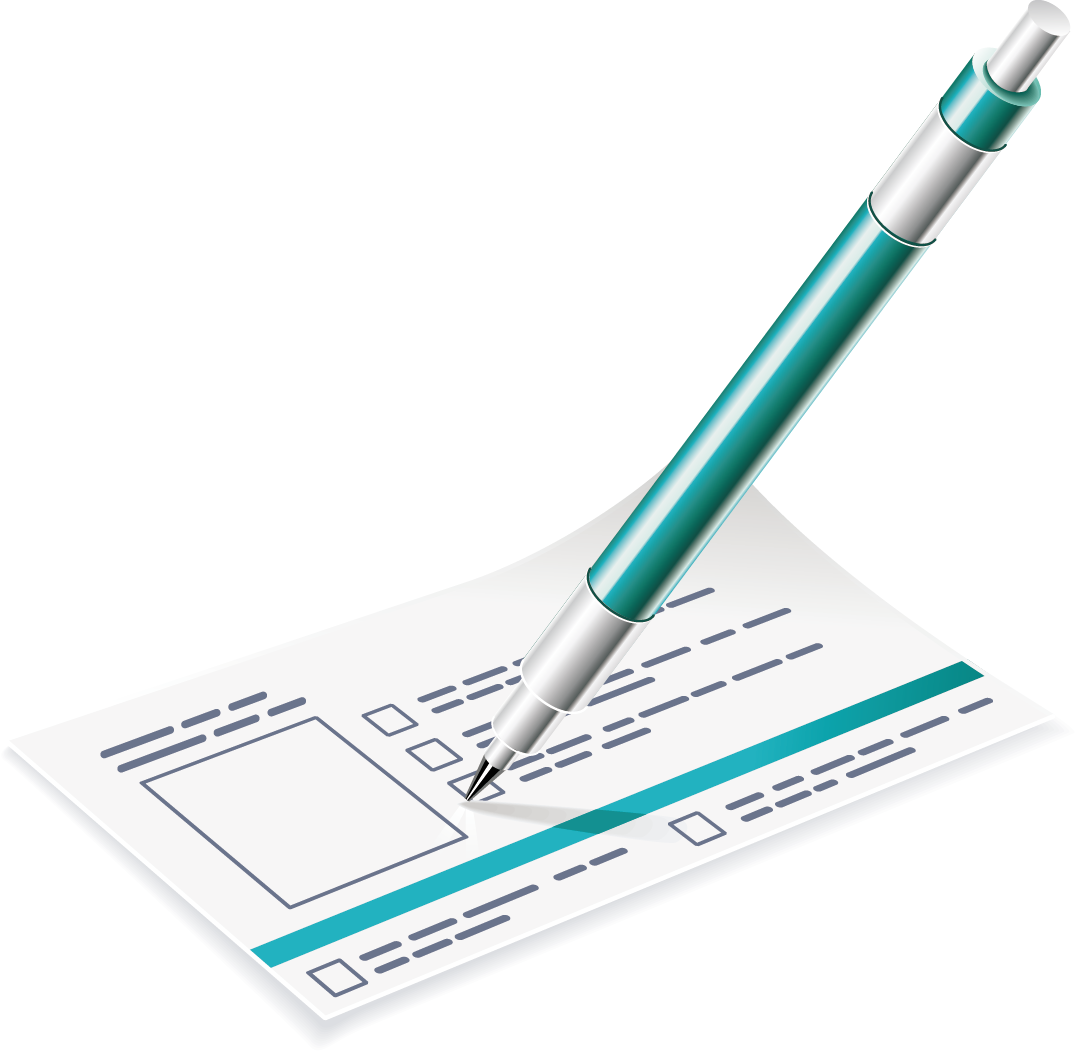Fortex Program Explanation: Chart of Accounts
Explanation of the Chart of Accounts (COA):
The chart of accounts (COA) is a fundamental tool used to organize and manage financial accounts within any accounting system. It provides a structured framework for recording and analyzing financial transactions. Below are the key features and benefits of a chart of accounts:
1. Account Organization:
- Categorizes accounts into main and subcategories (e.g., assets, liabilities, revenues, expenses, and equity).
- Ensures a logical and structured arrangement of accounts for easy access and recording.
2. Compliance with Accounting Standards:
- Adheres to International Financial Reporting Standards (IFRS) or local regulations.
- Facilitates the preparation of financial reports that comply with tax and legal requirements.
3. Ease of Tracking and Auditing:
- Enables clear identification and linkage of financial transactions to specific accounts.
- Provides transparency, making it easy to review any financial transaction.
4. Flexibility:
- Allows customization of the chart of accounts based on the nature of the business.
- Supports adding new accounts or modifying existing ones to meet organizational needs.
5. Classification of Revenues and Expenses:
- Distinguishes between revenues and expenses, classifying them by source or type.
- Simplifies financial analysis by identifying areas of profit and loss.
6. Financial Reporting:
- Facilitates the extraction of key reports like the balance sheet, income statement, and cash flow statement.
- Allows for detailed and comprehensive analysis of financial performance.
7. Integration with Other Systems:
- Works seamlessly with other systems, such as inventory management, payroll, and sales.
- Ensures synchronization of all financial operations within one system.
8. Streamlining Accounting Processes:
- Reduces the likelihood of errors in financial data entry.
- Offers an organized and user-friendly approach to accessing accounts.
9. Budget and Financial Control:
- Helps in monitoring budgets and tracking financial commitments.
- Supports the creation of budgets and comparisons with actual performance.
10. Tax Management:
- Provides the ability to classify tax-related accounts.
- Simplifies the preparation of accurate and timely tax reports.
The chart of accounts is the backbone of any accounting system, ensuring efficiency, transparency, and financial compliance within an organization.

